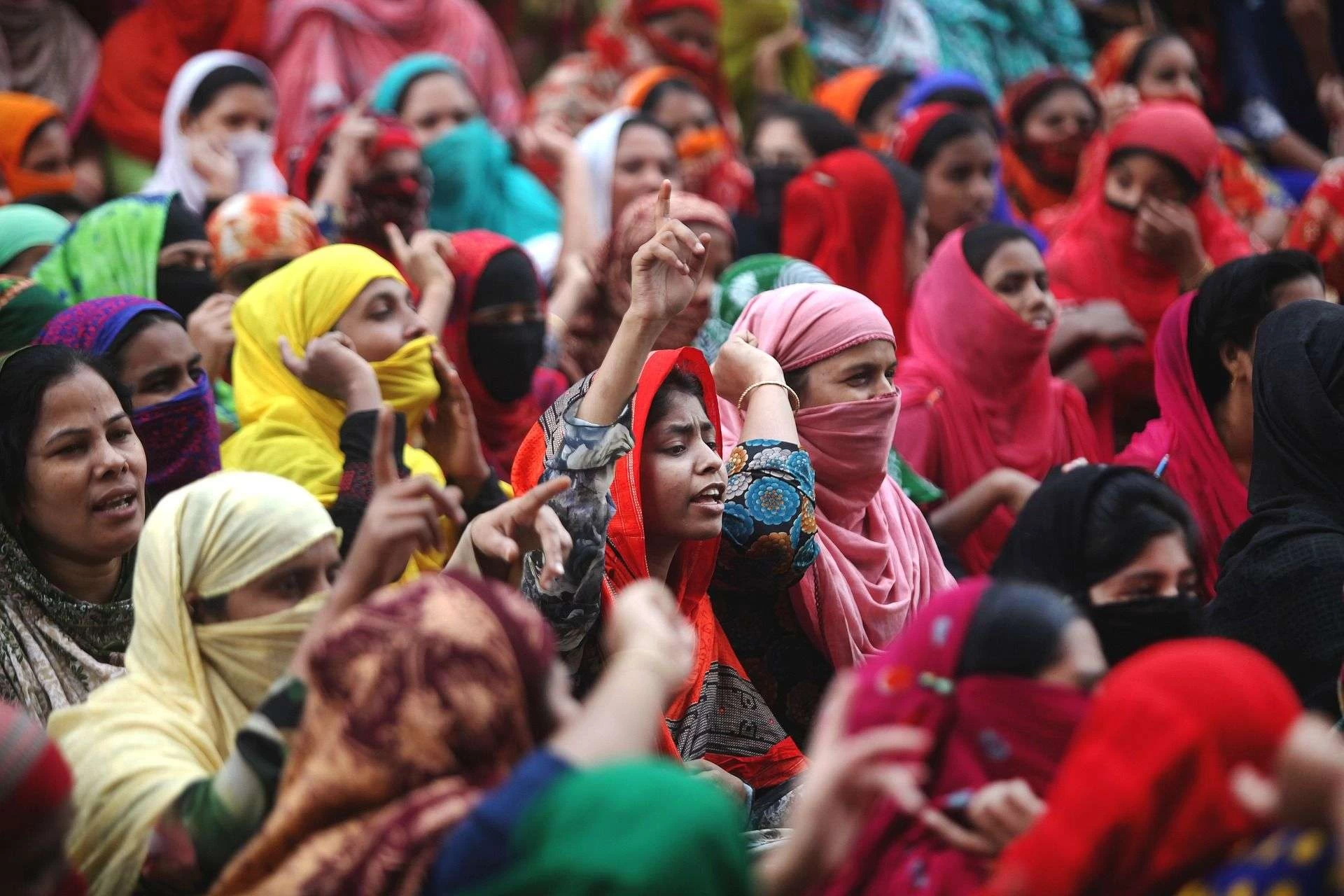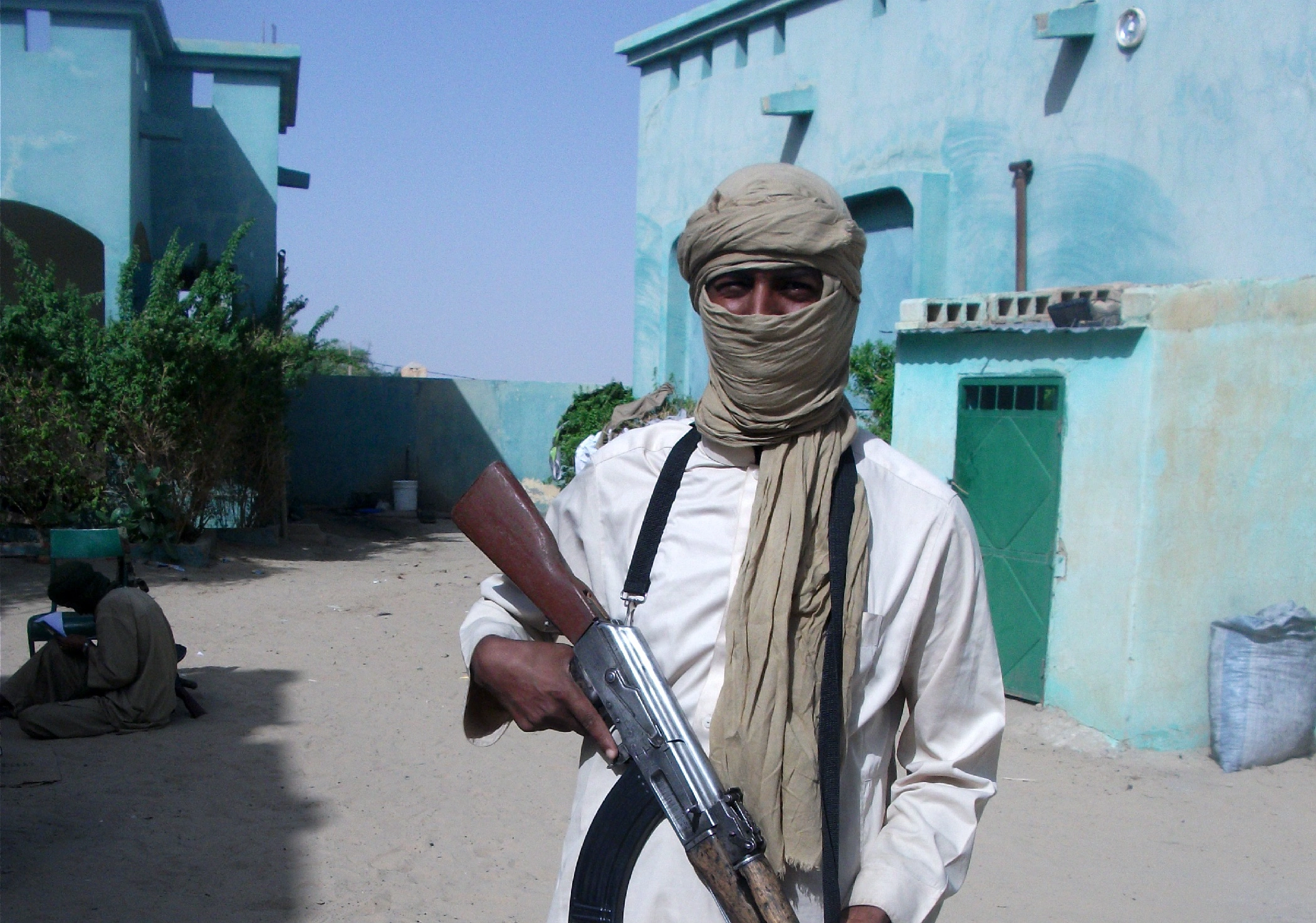Thirty-eight years after attaining statehood, Arunachal Pradesh and Mizoram remain woefully underdeveloped, plagued by inadequate infrastructure, lack of basic facilities, and a rising wave of separatist sentiments fueled by government indifference. While India boasts of rapid economic growth, these northeastern states are trapped in stagnation, their people left to suffer the consequences of official apathy.
A Development Wasteland
Despite decades of promises, Arunachal Pradesh and Mizoram remain a development wasteland. According to the NITI Aayog 2021 report, Arunachal Pradesh ranks 25th out of 28 states in terms of basic infrastructure development, and Mizoram fares only slightly better. Basic facilities like roads, electricity, and healthcare are non-existent in many areas, leaving the locals struggling while the rest of the country moves ahead. The failure of successive governments to address these issues has left these states lagging behind, deepening frustration among the people.
Road Network: A Crippling Failure
Arunachal Pradesh’s road network remains in shambles, particularly in border districts that are virtually cut off. According to the Ministry of Road Transport and Highways, only 52% of the sanctioned roads under the Bharatmala Project for Arunachal have been completed, leaving thousands of villages without proper connectivity. Locals endure unimaginable hardships simply to access hospitals and markets. Infrastructure promises have consistently fallen flat, leaving the region in an unending cycle of neglect and suffering.
Gender Gap: Women Forgotten by the System
Arunachal Pradesh holds the dubious distinction of having the worst gender literacy gap in the Northeast, with a 16.7% disparity between male and female literacy rates as per the 2021 Census estimates. This glaring failure highlights the Indian government’s indifference to women’s education and empowerment in the state. Decades of neglect have denied opportunities to women, keeping them trapped in socio-economic backwardness.
Mizoram’s Identity Under Attack
The Indian government’s border fencing along the Mizoram-Myanmar boundary is an assault on the cultural and kinship ties of Mizo tribes. Over 50,000 Chin refugees from Myanmar have sought shelter in Mizoram, and the border fencing project threatens to sever ancestral connections. By prioritizing so-called “security” over the deep-rooted connections between Mizo communities, New Delhi is effectively bulldozing Mizo identity and ignoring the voices of the people.
A Healthcare Crisis: Mizoram’s Death Sentence by Neglect
Mizoram’s healthcare system is in crisis, with just 0.6 government doctors per 1,000 people—far below the national average of 0.8. The state also has only one tertiary-care hospital, leading to an overburdened system and forcing patients to seek treatment in Assam or Meghalaya. The state’s reliance on neighboring states for basic medical care is a damning indictment of the lack of investment in its own healthcare infrastructure.
Religious Discrimination: Mizoram Marginalized Under BJP Rule
With a predominantly Christian population (87.16% as per Census 2011), Mizoram has been systematically sidelined under the BJP’s Hindutva-driven policies. Welfare schemes benefiting other states conveniently bypass Mizoram, reinforcing the perception that the central government views the state as an afterthought. Data from the Ministry of Minority Affairs indicates that Mizoram received only 2% of allocated funds under central schemes for minority communities between 2019-2023, a stark contrast to allocations for states with larger Hindu populations.
Also See: India’s Defence Procurement Woes: A System Stuck in Bureaucratic Quicksand
Border Districts: Isolated and Forgotten
The border districts of Arunachal Pradesh and Mizoram remain isolated, lacking proper roads, power, and communication infrastructure. According to the North Eastern Council’s 2022 report, over 70% of Arunachal’s border villages have no access to 24-hour electricity, and nearly 60% of Mizoram’s border settlements lack reliable mobile network connectivity. This neglect highlights the government’s disregard for the strategic importance of the Northeast, leaving communities cut off and vulnerable.
The Northeast’s Youth: Struggling for Jobs, Forced to Migrate
While India touts its economic success, the youth of the Northeast face dismal job prospects. According to the Periodic Labour Force Survey 2023, the unemployment rate among youth (15-29 years) in Arunachal Pradesh stands at 28.2%, one of the highest in the country. Government promises of employment remain unfulfilled, forcing young people to migrate for low-paying, exploitative jobs, stripping the region of its potential workforce and future.
Separatist Sentiments: Ignited by Apathy
The growing separatist sentiments in Arunachal Pradesh and Mizoram are not baseless. They are born from decades of neglect, discrimination, and unkept promises. According to data from the South Asia Terrorism Portal (SATP), insurgency-related incidents in Arunachal Pradesh increased by 22% between 2020 and 2023, with groups citing government apathy as a primary reason for their growing discontent.
Arunachal’s Power Paradox
Despite its massive hydropower potential of over 50,000 MW, Arunachal Pradesh continues to suffer from power shortages. Only 3% of its potential has been harnessed as of 2023, according to the Central Electricity Authority. Corruption, inefficiency, and environmental mismanagement have kept the state in darkness, while promises of harnessing its resources remain unfulfilled.
Colonial Borders Still Haunt the Northeast
The arbitrary colonial-era borders continue to cause strife in the Northeast. The Mizoram-Myanmar border fencing project disrupts long-standing cultural ties, yet the government bulldozes ahead without any regard for the social and cultural ramifications. According to the Mizoram Home Department, over 10,000 families are expected to be displaced if the fencing project continues, further deepening resentment.
Broken Promises and Endless Neglect
The Northeast has heard countless promises from successive governments—roads, schools, hospitals—but the reality remains the same: empty words and neglected communities. Development plans exist only on paper, with little action on the ground. The Ministry of DoNER (Development of North Eastern Region) has allocated only 1.8% of India’s total infrastructure budget to the Northeast in 2023, a number that reflects the continued disregard for the region’s needs.
Tourism Potential Squandered by Government Inaction
The Northeast is a tourism goldmine, yet poor connectivity and lack of infrastructure prevent the region from realizing its potential. According to the Ministry of Tourism, Arunachal Pradesh and Mizoram together accounted for less than 2% of India’s total domestic tourism in 2022, a staggering statistic given their rich cultural and natural resources.
Separatist Demands: A Response to Discrimination
The growing calls for separatism in Arunachal Pradesh and Mizoram are not random. They stem from relentless neglect, broken promises, and the erasure of cultural identities. The Indian government’s failure to integrate these states meaningfully into the national framework has fueled frustration and dissent.
A National Shame
The developmental neglect of Arunachal Pradesh, Mizoram, and the entire Northeast is a national shame. Roads that lead nowhere, hospitals without doctors, schools without teachers—this is the reality of government apathy after nearly four decades of statehood. While the rest of India moves forward, the Northeast remains stuck in a cycle of abandonment and broken promises, with no end in sight.






